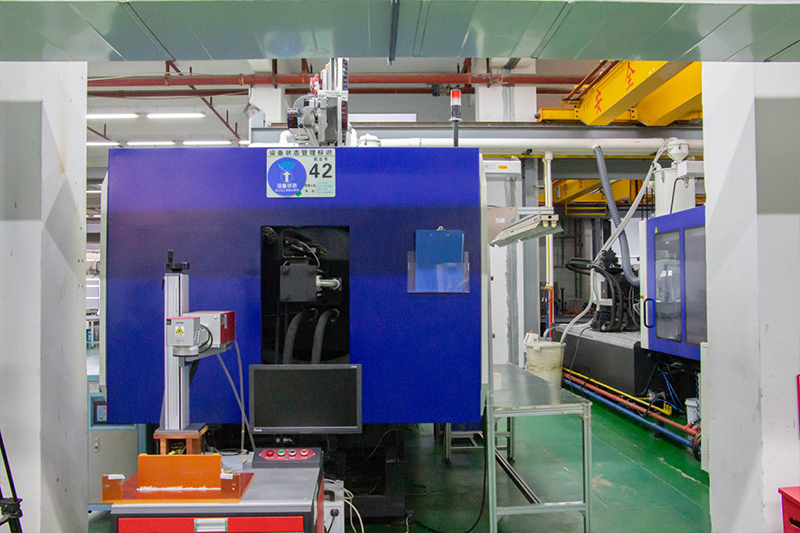What are the general steps of injection mold design?
The general steps of injection mold design include the following 11 aspects:
(1) Determine the overall structure of the mold. According to the structural form and size requirements of plastic parts, determine the overall structural form and size of the mold, including the design of parting surface, pouring system, cooling system, ejecting system, etc.
(2) Choose the right mold material. According to the use conditions of the mold, the nature of the plastic material and the molding process requirements, choose the appropriate mold materials, such as steel, aluminum alloy and so on.
(3) Design parting surface. According to the structural form and size requirements of plastic parts, design a suitable parting surface, and take into account the location, size, shape and other factors of the parting surface, while avoiding problems such as trapped gas and overflow.
(4) Design the pouring system. The gating system is a key part of the mold, which determines the way the plastic flows in the mold and the degree of filling. When designing the pouring system, factors such as the nature of the plastic material, the injection molding process conditions, the shape and size of the plastic parts should be taken into account, and problems such as short injection, injection, and poor exhaust should be avoided.
(5) Design cooling system. The cooling system is an important part of the mold, which determines the temperature control mode of the mold. When designing the cooling system, the structural form of the mold, the material properties, the injection molding process conditions and other factors should be taken into account, and the problems such as uneven cooling and too long cooling time should be avoided.
(6) Design ejection system. The ejector system is used to ejector the plastic from the mold. When designing the ejection system, factors such as the shape, size and use requirements of the plastic parts should be taken into account, and problems such as poor ejection and damage to the plastic parts should be avoided.
(7) Design the exhaust system. According to the structural form of the mold and the nature of the plastic material, a suitable exhaust system is designed to avoid problems such as pores and bulges.
(8) Design standard die frames and parts. According to the structural form and size requirements of the mold, select the appropriate standard mold and parts, such as moving templates, fixed templates, cavity plates, etc., and take into account their matching gaps and installation and fixing methods.
(9) Check the matching of the mold and the injection machine. According to the parameters of the injection machine used, the mold is checked, including the maximum injection amount, injection pressure, clamping force and other parameters.
(10) Draw the assembly drawing and parts drawing of the mold. According to the designed mold structure scheme, draw the mold assembly drawing and parts drawing, and mark the necessary size, serial number, detail list, title bar and technical requirements.
(11) Review mold design. Audit the designed mold, including structural audit and technical requirements audit, to ensure the rationality and feasibility of mold design.
In short, the general step of injection mold design is a systematic, complex and fine work, which requires designers to have rich professional knowledge and experience in order to design high-quality injection molds.
Post time: Feb-01-2024





